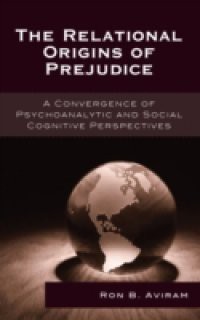Prejudice occurs between large groups and is experienced by members of those groups. Within the individual, these large group identifications are integrated into a dimension of the self-concept called collective identity. When collective identity is salient, people tend to perceive themselves and others as large group members, rather than as individuals. At those times, there is less differentiation between the self and the large group. We can say that the person is overidentified with the large group. Prejudice is an outcome of this overidentification. Our effort to understand the problem of prejudice requires that we examine both intrapsychic and environmental factors that may lead to an overidentification. In particular, a relational perspective directs our attention to the relationship between the individual and the large groups that make up his or her collective identity. This is called an ingroup, as opposed to outgroups (not part of one's collective identity). From this perspective, prejudice can be understood to be an aberration between the person and the ingroup, in which an overidentification occurs, rather than a problem between the person and an outgroup. How this occurs developmentally, intrapsychically, and environmentally and affects individuals is the subject of the book. Throughout the book, Aviram integrates empirical work from social psychology with theoretical and clinical examples from psychoanalysis in order to show the potential overlap of concepts used in both disciplines.

